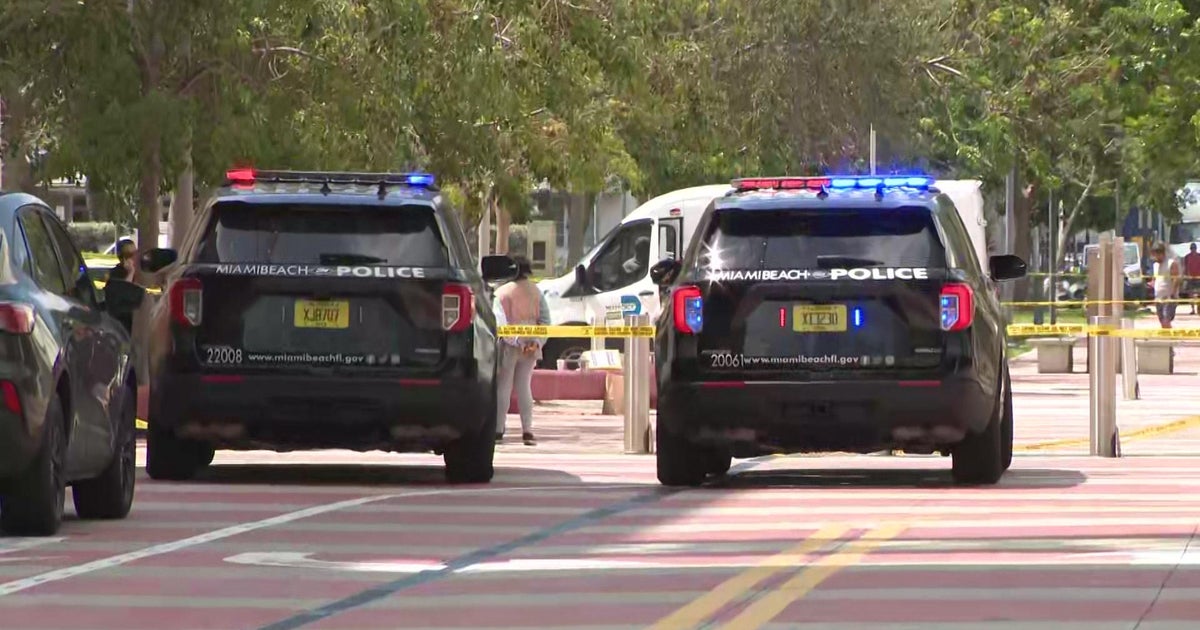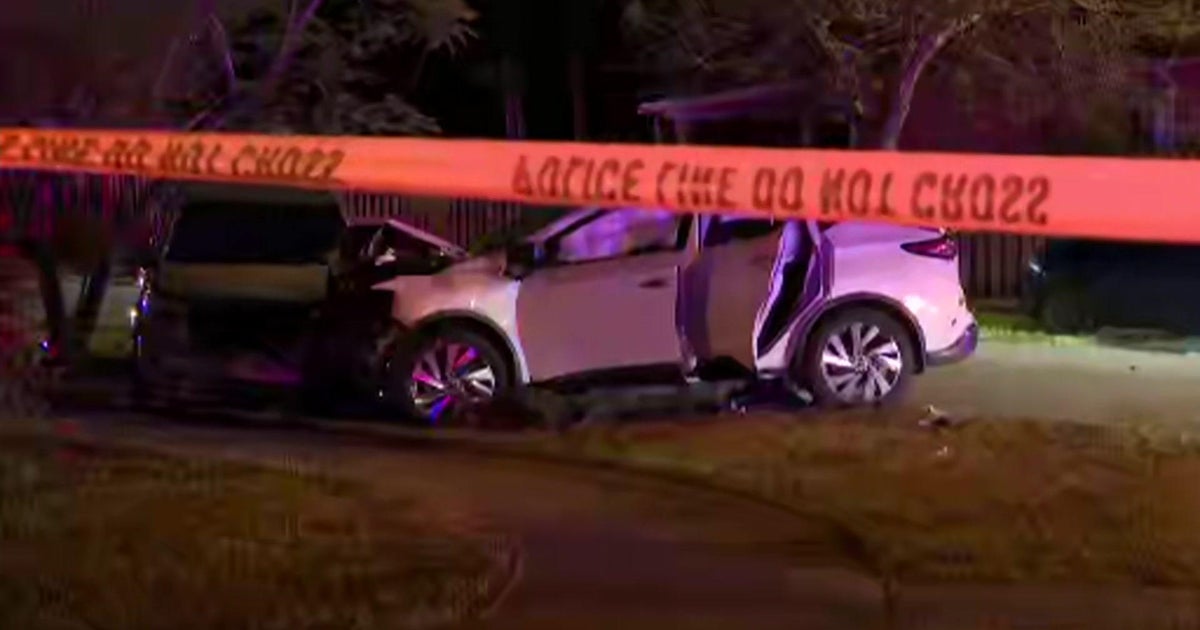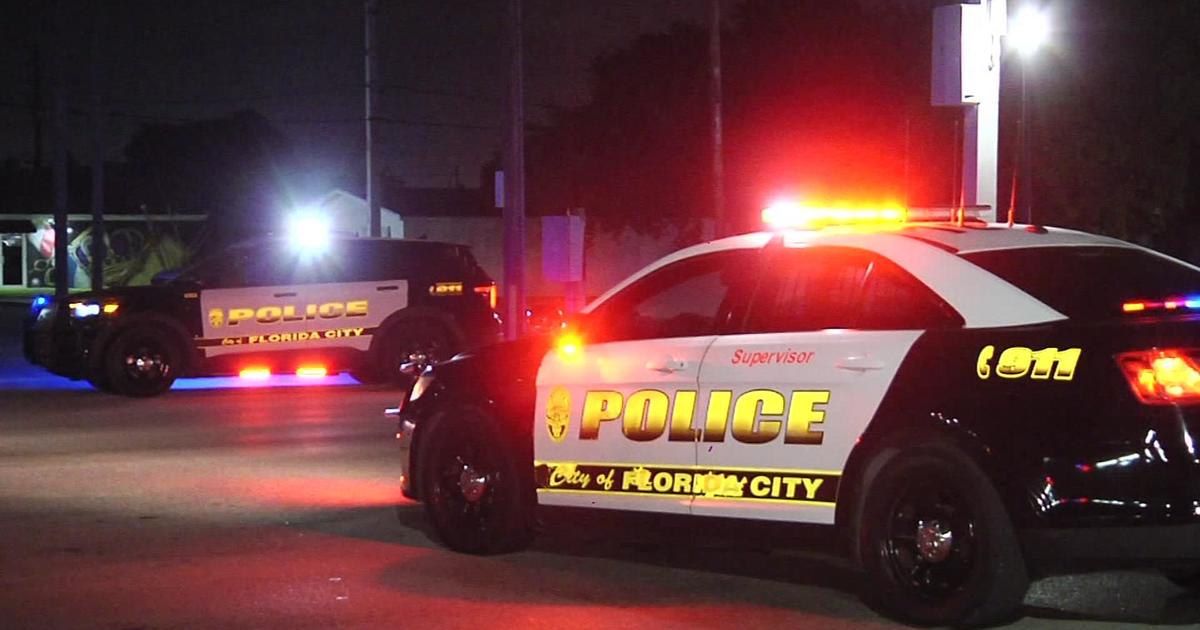Segregation Walls Are A Sad Reminder Of South Florida's Jim Crow Past
MIAMI (CBSMiami) - Painted an ugly yellow, a wall that stretches along NW 12th Avenue and NW 63nd Street to NW 64th Street is a direct link to Miami's Jim Crow segregation past.
In Miami, a typical southern city, Black people whose labor built the city, lived in concentrated, crammed "Colored Town," what we now call "Overtown."
The solution in the late 1930s?
A federal and local cooperative effort to build what we now call Liberty Square and move Black residents to the north.
Retired Florida International University Professor Dr. Marvin Dunn, a noted author of major works on the history of the Black experience in Florida, said Liberty Square would have never been built unless a deal was struck between the feds and the City of Miami. He called it a classic case of institutional racism.
"White folks at the time were concerned about Black folks coming out of these slums in Overtown and bringing disease into their home as housekeepers, and maids," he said.
"I can't look at this wall without hurting," Dunn told CBS4's Hank Tester. "I know what it is. I know why it was built, I know what it meant. The federal government built the Liberty City Project and the City of Miami agreed to put in this wall, this barrier to divide the white community and the Black community."
"It was four foot tall but it was to be back up by a row of Australian pine trees, Gumbo Limbo trees so that the white folks wouldn't even have to see the Black people," he said.
Miami was not alone. There was a similar wall in South Miami, a wall in Miami's Coconut Grove, Pompano Beach had a wall which is still there, now serving as a memorial.
An architect involved with the Liberty City Project explained in an article at the time, "…the wall….will prevent communication between the white and colored section."
In those days plenty of whites lived in the area.
"If you were a Black person you could not go on the other side of the wall without risking being arrested," said Dunn.
When asked if the wall should be demolished as the original Liberty City housing is facing the wrecking ball, Dunn said no.
"They should never touch the wall, this is a sad reminder to Black people and to whites as to what we lived through in those days," he said.



